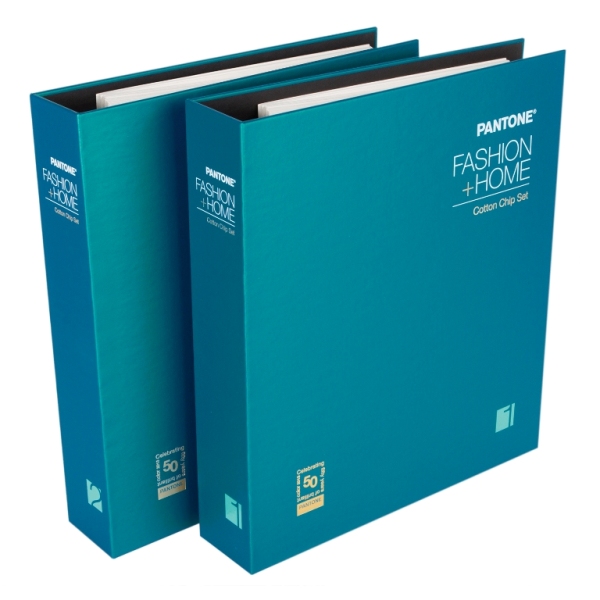How to calculate the measurement of uncertainty?
Measurement uncertainty is a parameter that characterizes the dispersion of the values that could reasonably be attributed to the measurement. In simpler terms, it is a way of quantifying how much error or variability there is in a measurement.
The International Organization for Standardization (ISO) defines measurement uncertainty as "a non-negative parameter characterizing the dispersion of the quantity values being attributed to a measurand, based on the information used."
Measurement uncertainty is calculated using a combination of several sources of error, including instrument noise, calibration errors, and environmental factors. Calibration, in particular, is an important source of uncertainty in many measurements.
To calculate measurement uncertainty in terms of calibration, you need to consider the accuracy and precision of the calibration process. Accuracy refers to how closely the calibration measurement matches the true value, while precision refers to how consistently the calibration measurements are repeated.
The measurement uncertainty associated with calibration can be estimated by using a standard uncertainty value, which is derived from the accuracy and precision of the calibration process. This value is then combined with other sources of uncertainty, such as those from the instrument, to calculate the overall measurement uncertainty.
The calculation of measurement uncertainty can be complex and typically requires a good understanding of statistical analysis and experimental design. There are software tools available that can assist with this process, such as the Monte Carlo simulation method or the Guide to the Expression of Uncertainty in Measurement (GUM) approach.
In summary, measurement uncertainty is a way of quantifying the amount of error or variability in a measurement. Calibration is an essential source of uncertainty in many measures, and its uncertainty can be estimated by considering the accuracy and precision of the calibration process. The overall measurement uncertainty is calculated by combining all sources of uncertainty using statistical methods.
Example to illustrate how to calculate measurement uncertainty.
Let's say you want to measure the length of a piece of rope. You have a ruler that is marked in centimeters and you take 5 measurements of the rope length with the ruler, which are:
- 17.5 cm
- 17.4 cm
- 17.6 cm
- 17.7 cm
- 17.5 cm
To calculate the measurement uncertainty, you need to consider several sources of error. For this example, let's focus on the uncertainty due to the calibration of the ruler.
Assuming that the ruler is calibrated to a known standard, you can estimate the uncertainty due to the ruler calibration by considering its accuracy and precision. Let's say the ruler is accurate to within 0.1 cm and has a precision of ±0.05 cm.
To estimate the standard uncertainty due to the ruler calibration, you can take the average of the precision and the accuracy uncertainty, which would be:
(0.1 cm + 0.05 cm) / 2 = 0.075 cm
Now, you need to combine this uncertainty with the other sources of uncertainty, such as the repeatability of the measurements and any environmental factors that may affect the measurement.
For the purposes of this example, let's assume that the repeatability uncertainty is ±0.05 cm and there are no significant environmental factors affecting the measurement.
To calculate the combined standard uncertainty, you can use the root-sum-of-squares (RSS) method:
sqrt(0.075^2 + 0.05^2) = 0.090 cm
So, the measurement uncertainty associated with the length of the rope is 0.090 cm. This means that the true length of the rope is expected to be within 0.090 cm of the measured length, with a high degree of confidence (typically 95% or higher).
It's important to note that this is just one example of how to calculate measurement uncertainty. The actual calculation may be more complex, depending on the specific measurement and sources of uncertainty involved. There are also different methods and tools available for calculating measurement uncertainty, such as the Monte Carlo simulation method or the Guide to the Expression of Uncertainty in Measurement (GUM) approach.







